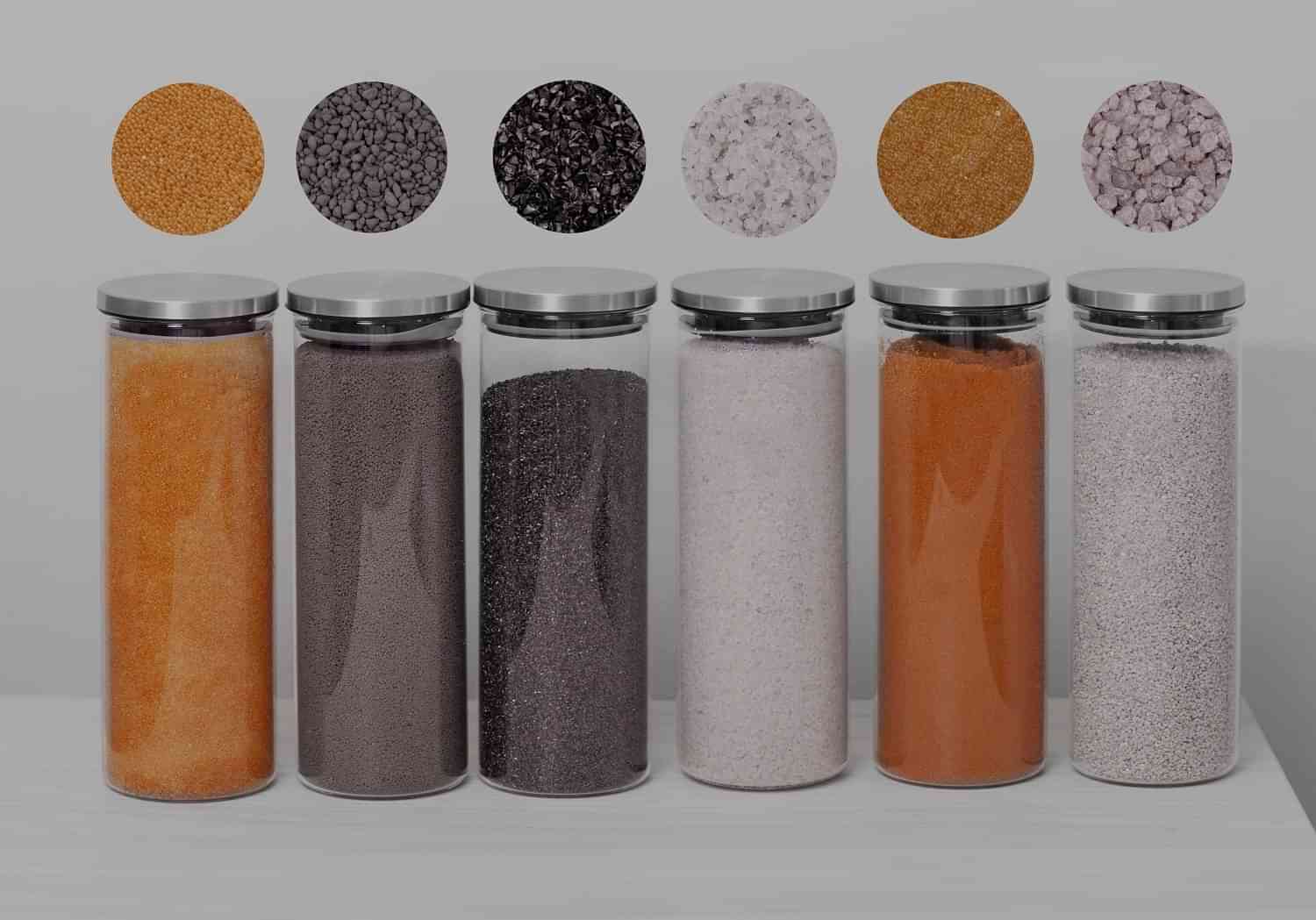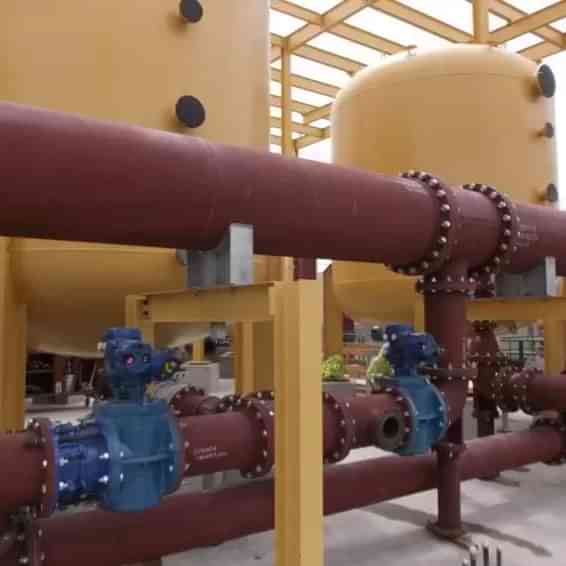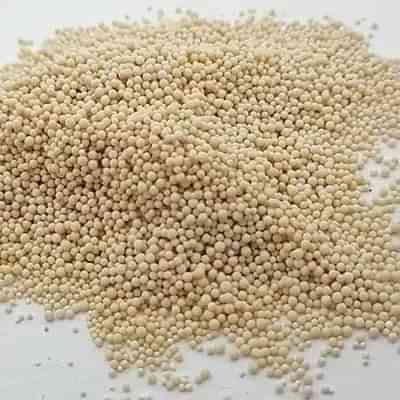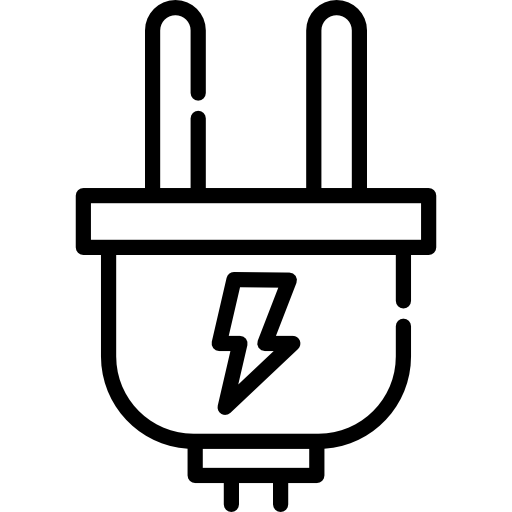
SORBION
Ion Exchange-based RESINS
SORBION uses functionalised materials to remove low ppm level impurities, improving product quality. These impurities are found in chemical processes and waste streams, entering the system through raw materials or water. Sometimes these metals are valuable, but they can also interfere with processes. SORBION employs functional adsorbing molecules to effectively remove these impurities.
Efficient Removal of Low ppm Level Impurities from Reaction Mass, Wastewaters and process solutions
There are various scavenging materials available, each selective in their affinity for metals such as Pd(II), Sn, Pb, Pt, Cu, Rh, Ru, Ag, and Hg.
Industries such as API pharmaceuticals, biotechnology, natural extracts, specialty chemicals, mining, refineries, and electronics use these materials for metal purification, recovery, and recycling.
In chemical synthesis research, development, and manufacturing, SORBION solutions enhance and maintain product quality while optimizing pharmaceutical production. The technology also recovers precious metals from liquid streams in the industry, with noticeable losses at low ppm levels.

Features and Benefits
Economical Operation
Reduced Operating Expenses: Provides low operational costs for absorption, aiding in cost-effective processes.
Affordable Disposal
Leads to reduced disposal expenses, contributing to overall financial savings.
Decreased Production Expenses
Enhanced Production Efficiency: Results in lower production expenses, improving cost-effectiveness.
Catalyst Recycling
Catalyst Reuse Sustainability: Enables catalyst recycling, reducing waste and supporting sustainability efforts.
User-Friendly Pellet Form
Easy Handling: Its free-flowing pellet form ensures convenient and efficient handling.
Stable Chemical and Physical Traits
Reliable Stability: Demonstrates reliable chemical and physical stability, ensuring consistent performance.
Non-Swelling Properties
Maintained Structure: Maintains its structure without swelling, ensuring material integrity during use.
Flexible Application Modes
Adaptable Application: Suitable for use in both fixed-bed (continuous) and slurry (batch) modes, accommodating various process requirements.
Operation
The trial is done by considering the type of impurity first, and then selecting the SORBION functional group based on its selectivity. This data is used to scale up the system. Adsorption occurs in counter-current columns, and their size is determined by flow rates and the level of impurity measured in parts per million (ppm).

Technical Specification
Polystyrene & Silica Scavengers
- Aldehyde (PS-Benzaldehyde)
- Carbonate (MP-Carbonate)
- Carboxylic Acid (MP-Carboxylic Acid)
- Diethanolamine (MP-DEAM, MP-DEAM-Fine)
- Diisopropylethylamine (MP-DIEA)
- Hydroxide (MP-Hydroxide)
- Isocyanate (PS-Isocyanate)
- N-Methylmorpholine (MP-NMM, PS-NMM)
- Piperazine (MP-Piperazine, Si-Piperazine)
- Sulfonic Acid (MP-TsOH, MP-Tosic Acid)
- Sulfonyl Chloride (MP-TsCl, MP-Tosyl chloride)
- Sulfonyl Hydrazide (MP-TsNHNH2, MP-Tosyl hydrazide)
- Thiol (MP-Thiophenol, MP-Thiophenol-Fine, Si-Thiol)
- Thiourea (MP-Thiourea, MP-Thiourea-Fine, Si-Thiourea)
- Trimercaptotriazine (MP-TMT, MP-TMT-Fine, Si-TMT)
- Triethylamine (MP-Triethylamine)
- Trisamine (MP-Trisamine, MP-Trisamine-Fine, Si-Trisamine)
Polystyrene Reagents
- Borohydride (MP-Borohydride)
- Cyanoborohydride (MP-Cyanoborohydride)
- Diisopropylethylamine (MP-DIEA)
- N-Methylmorpholine (MP-NMM, PS-NMM)
- Piperazine (MP-Piperazine, Si-Piperazine)
- Sulfonic Acid (MP-TsOH, MP-Tosic Acid)
- Sulfonyl Chloride (MP-TsCl, MP-Tosyl chloride)
- Thiourea (MP-Thiourea, MP-Thiourea-Fine, Si-Thiourea)
Peptide Synthesis
- Aminomethyl Resin (PS-Aminomethyl)
- Merrifield Resin (PS-Merrifield)
- Rink Amide Resin (PS-Rink)
- Wang Resin (PS-Wang)
Applications












We understand your operation is unique. Get in touch to speak with one of our representatives.

